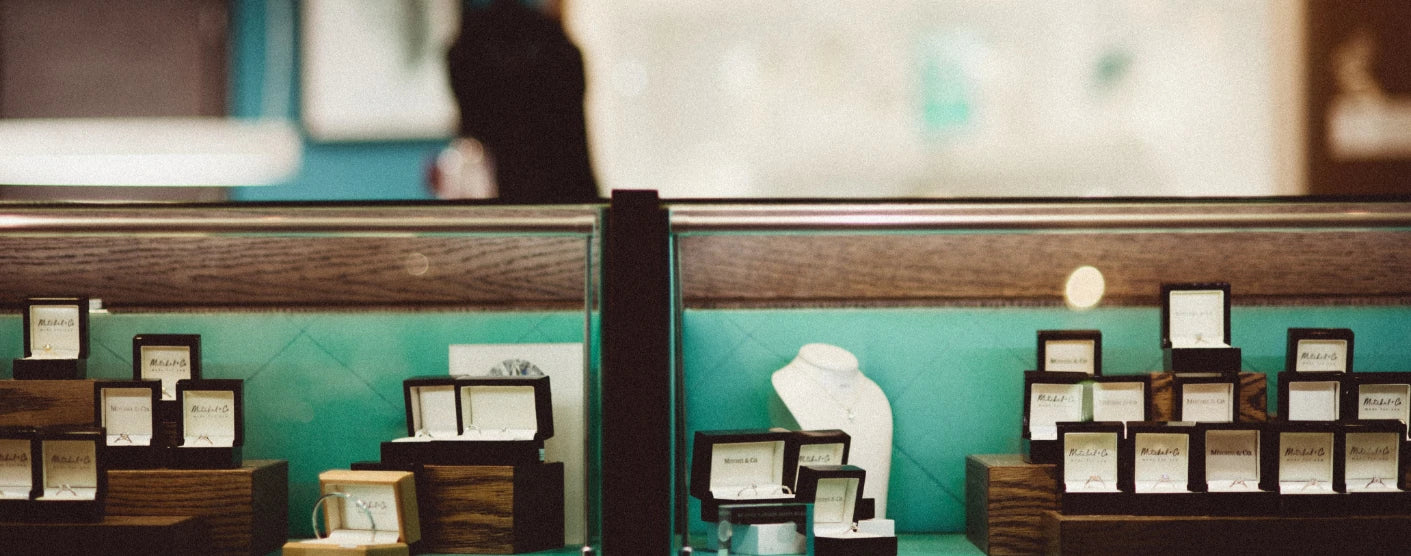The Rich History of the Jewellery Quarter
You may be familiar with the Jewellery Quarter as a bustling centre of jewellers, museums restaurants and other delightful distractions, but are you also aware of its vibrant past?
The Birmingham Jewellery Quarter, found in the northwest of the city, is more than just the home of Mitchel and Co. It’s also the site of centuries of intriguing history and culture.
Dating back to medieval times, the Jewellery Quarter remains to this day a thriving hub for the finest jewellers, goldsmiths and gem merchants in the UK.
Producing more than 40% of all the jewellery made in the UK, it is still regarded as Europe’s largest concentration of jewellery businesses. It’s no wonder that the English Heritage describe the Jewellery Quarter as a “national treasure”.
If you’re curious to find out more, read on as we delve into the Jewellery Quarter’s rich and varied heritage.
Not-so-humble beginnings
The very first mention of the area now known as the Jewellery Quarter can be found in the 1553 survey of Birmingham, with evidence of the first jeweller in the city, local goldsmith Roger Pemberton.
It was a resourceful town manufacturing many and varied materials, from leather goods to pottery and iron tools. By this time, it was already widely recognised as an important area for high-quality metalworking. Over the years, the area grew until it boasted over 200 forges, producing valuable items such as swords, hilts and bucklers.
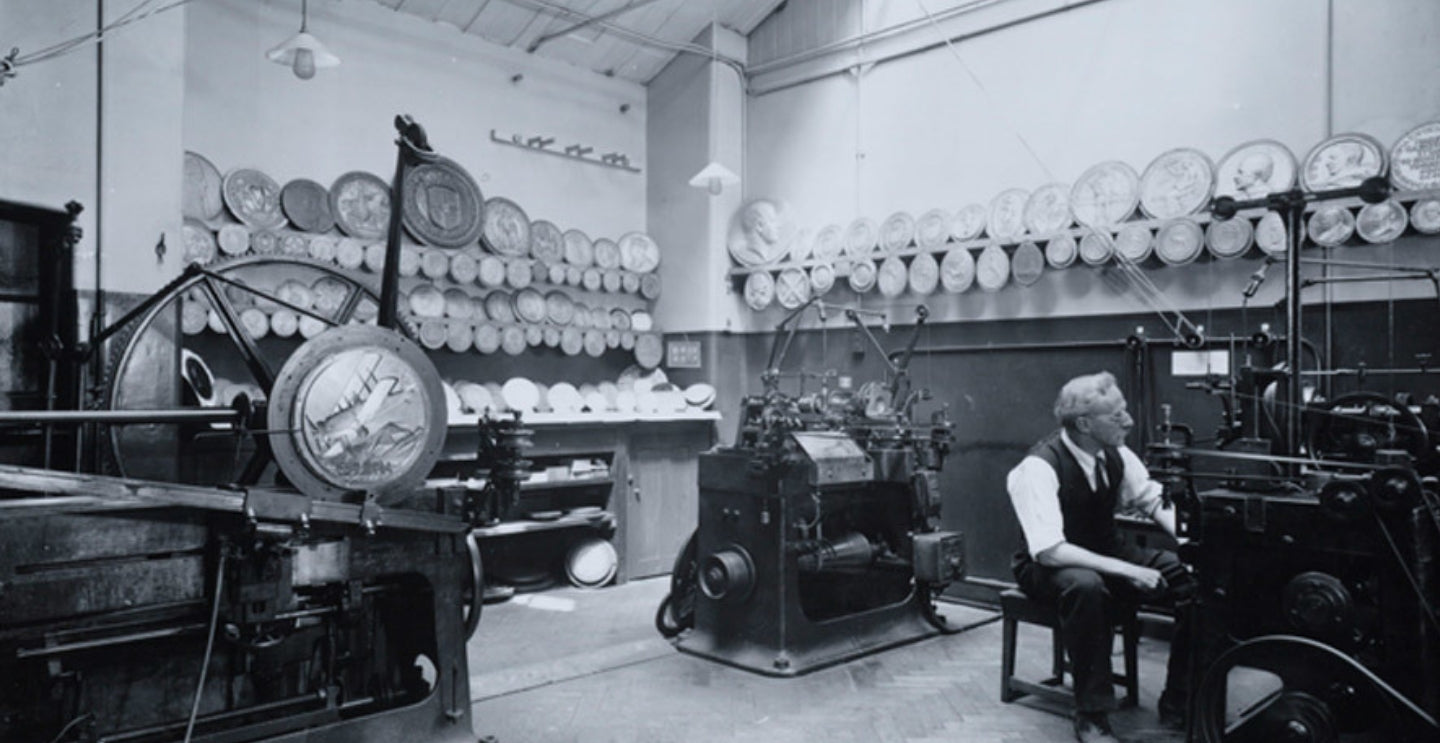
The Industrial Revolution
During the 1700s, the Jewellery Quarter thrived, earning the well-deserved title of the “city of a thousand trades”.
As demand increased, factories, foundries and glassworks sprang up, and the city’s industrious reputation grew, attracting labourers from all around the UK.
Quality metalwork remained the city’s strength, manufacturing trinkets, buttons and badges, and this became the foundation of our modern goldsmiths and jewellers.
The Australian Gold Rush meant that craftsmen had access to precious metals, such as gold alloy. Notably, there were only 28 jewellers in the city in 1780, and by 1800 that number skyrocketed, with an astonishing 400 being recorded.
Not too surprisingly, the middle class moved out of this industrious area (most likely to escape the notorious smog that was forming around the city), which made room for further expansion.
More factories were built, as well as roads and the canal system to aid the transportation of materials. By the 1900s the Jewellery Quarter was responsible for employing more than 30,000 workers.
Not a one-trick pony
It wasn’t always plain sailing for the Jewellery Quarter. Key events during the early 1900s, from the Great Depression to the First World War, saw a huge decline in the demand for jewellery.
But the area didn’t accept defeat and managed to maintain its success by mirroring its resourceful past, manufacturing other valuable items such as pens, medals, coins and police whistles during these trying times.
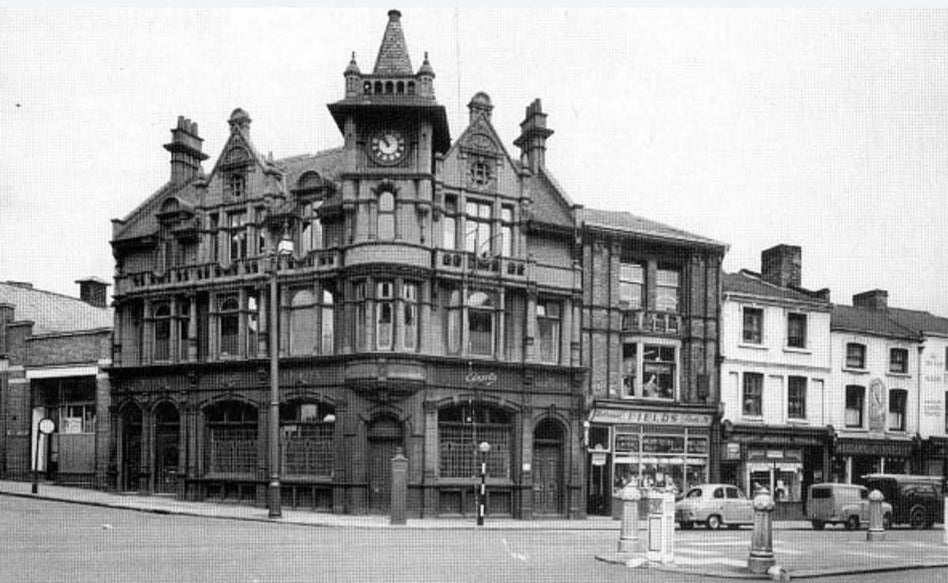
The Jewellery Quarter as you know it!
Luckily for us, the city has managed to retain most of its original Victorian architecture, with more than two hundred listed buildings lining the streets.
There are also numerous museums set up so that we don’t forget the history of this extraordinary place.
If you’re interested in learning more about these fascinating parts of history, we recommend visiting:
- The Assay Office
- The Museum of the Jewellery Quarter
- Pen Museum
- The Coffin Works
- Warstone Cemetery Catacombs
- St Paul’s Square – the last remaining Georgian square in Birmingham.
Handcrafted Jewellery from Mitchel and Co.
At Mitchel and Co, we’re proud to be located in such an area of historical importance; there’s no better place for our independent, family-run master jewellers.
As the only jewellers in the Jewellery Quarter with an on-site workshop, we’re passionate about crafting British-made rings bespoke to you – we’re here to make your perfect ring a reality.
Book an appointment with our team of craftsmen today and help us create the jewellery you’ve dreamt of, or browse our stunning collection online by clicking the link below.
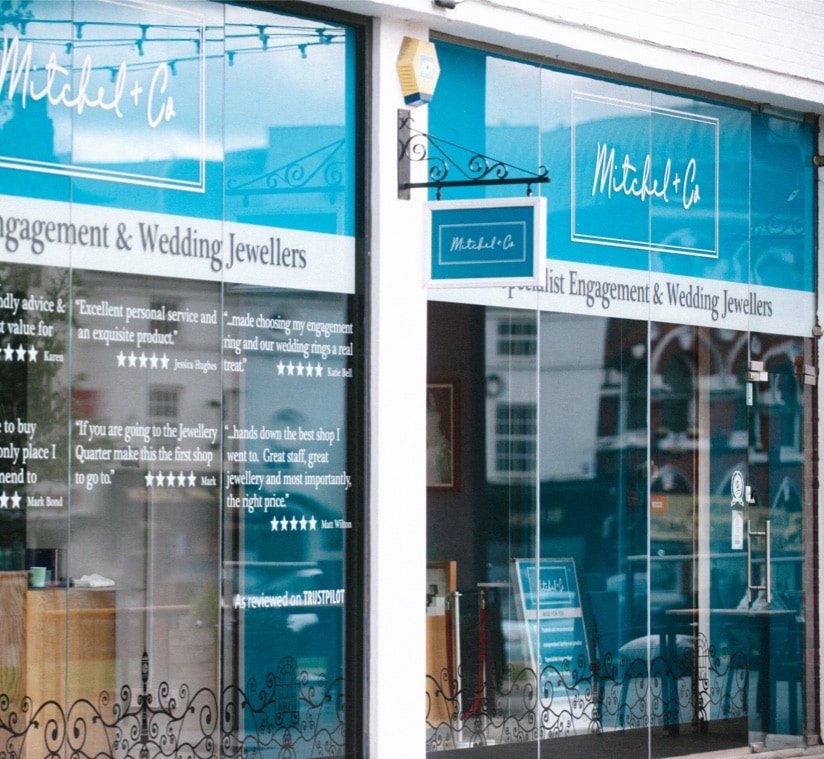
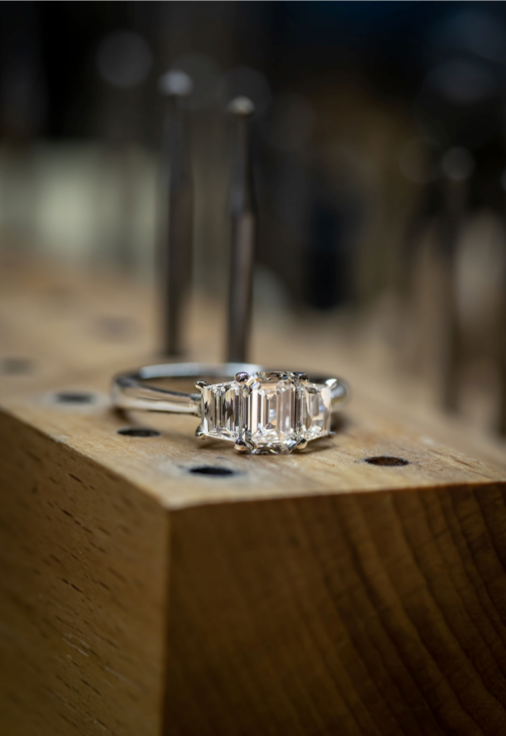
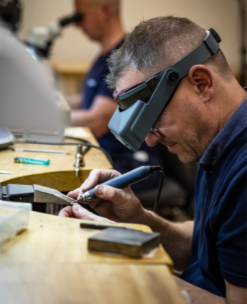
Tailored and made for you
Not seeing exactly what you want? We can design and craft a bespoke ring to your exact specifications, creating something absolutely unique to you.
Craft your perfect ring

